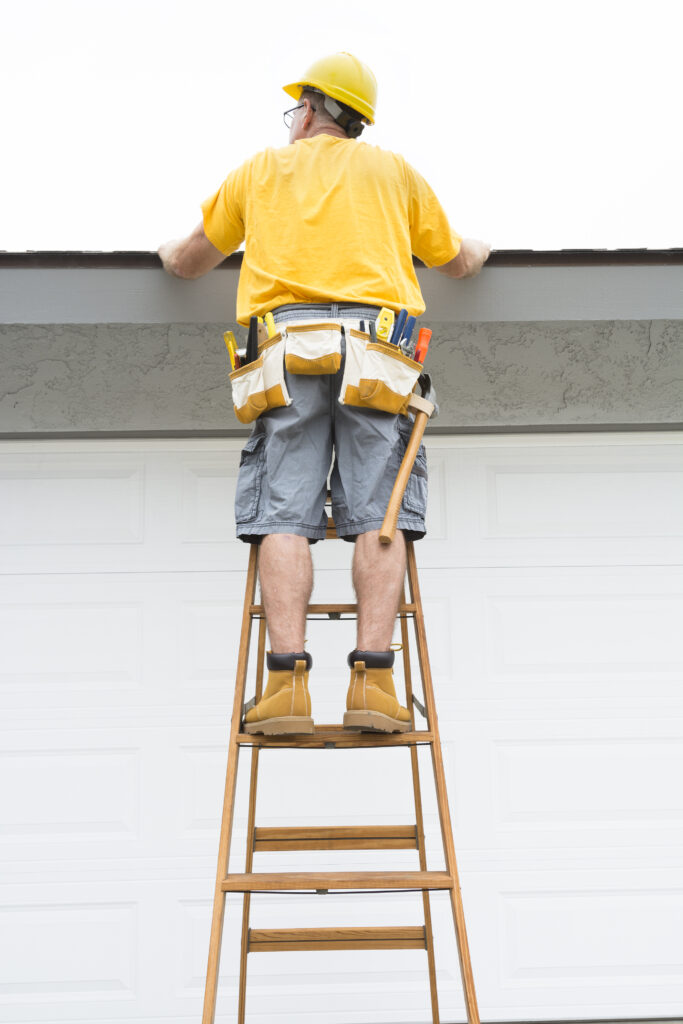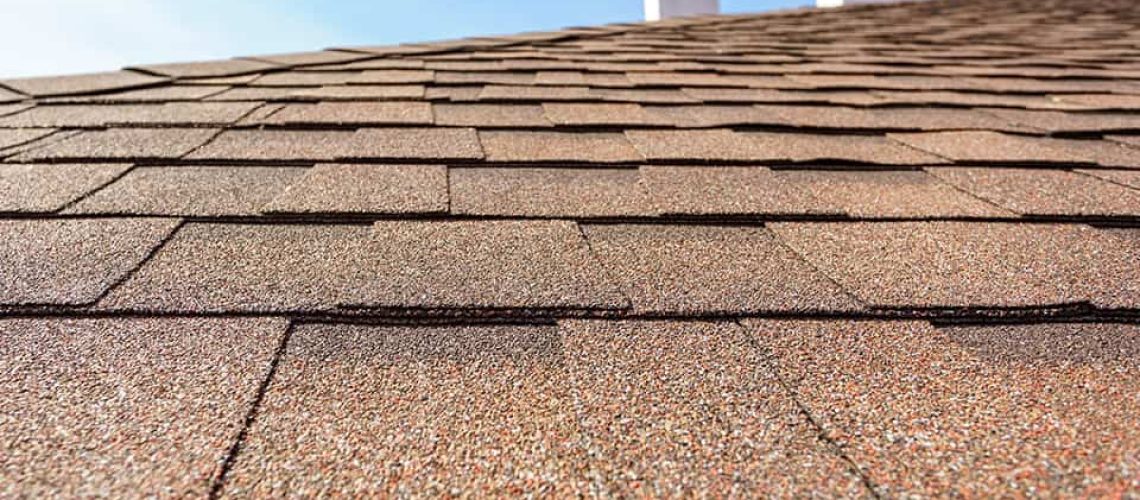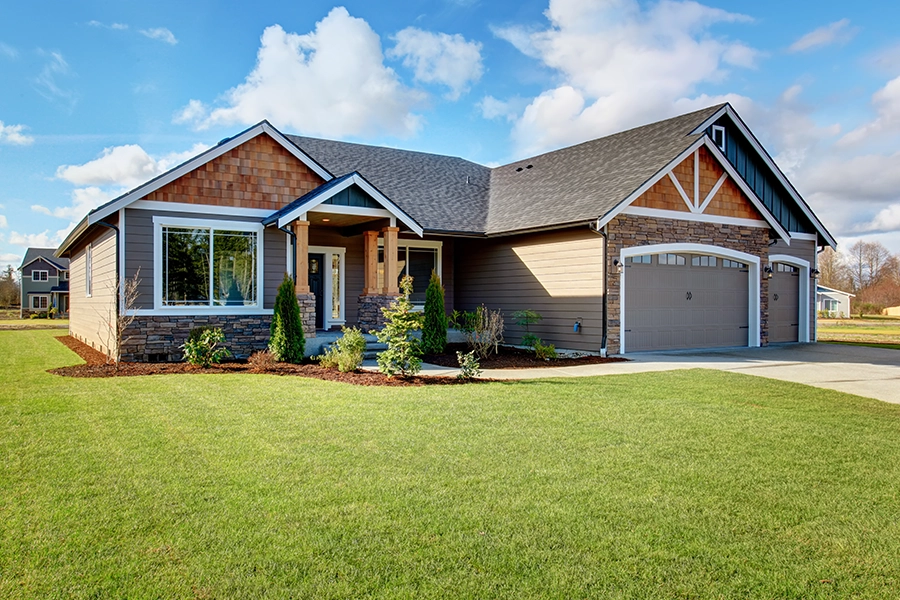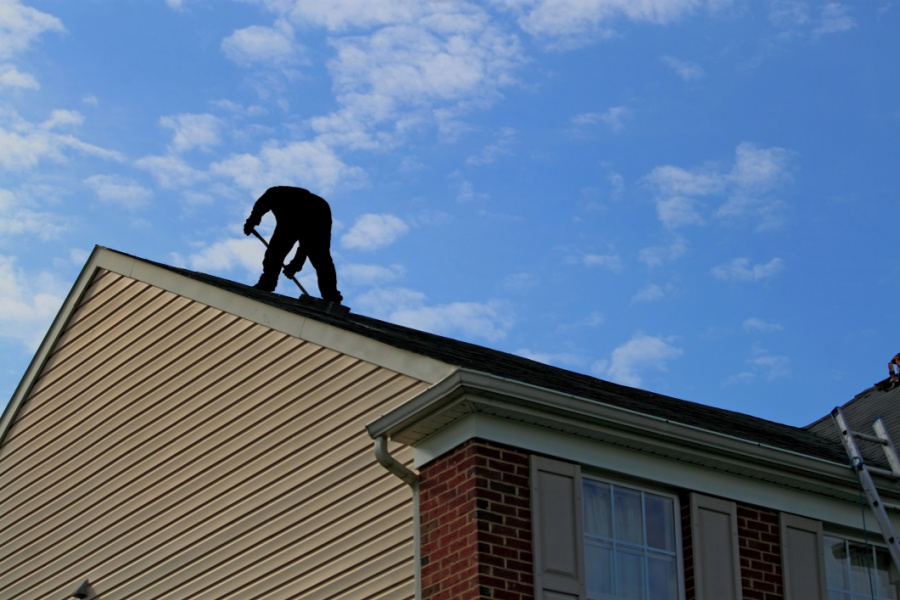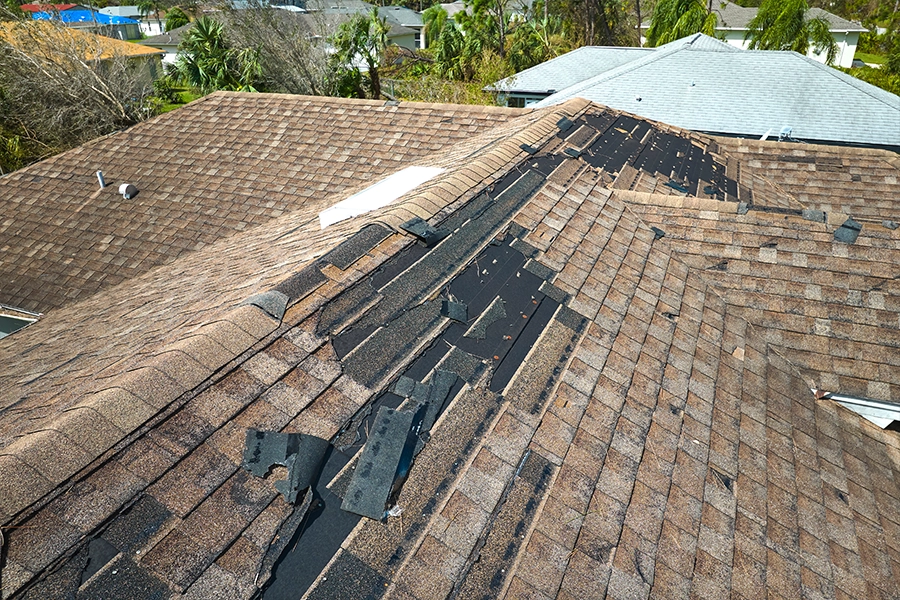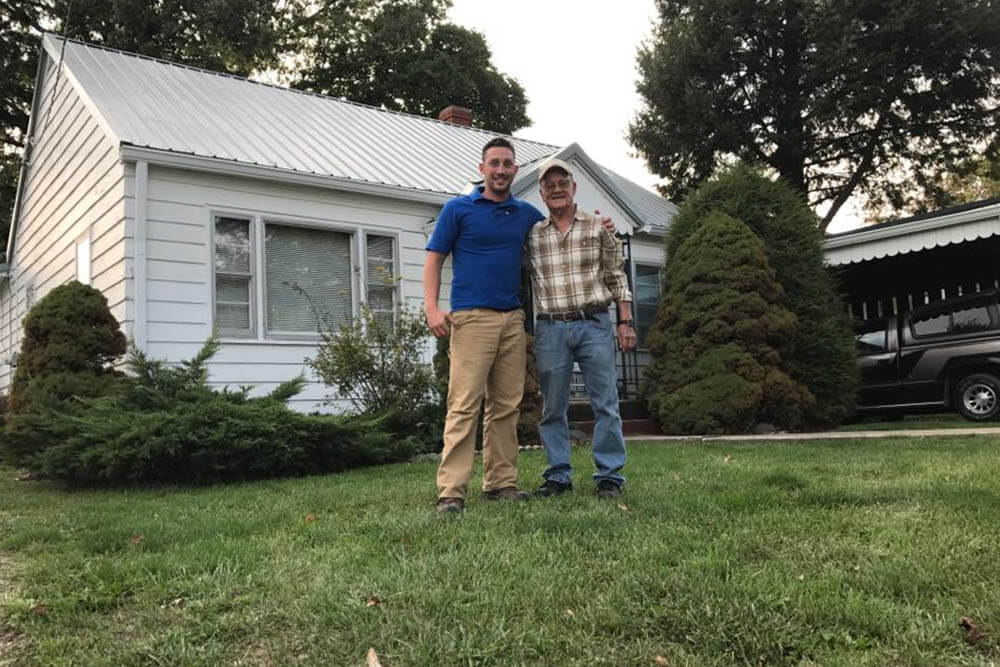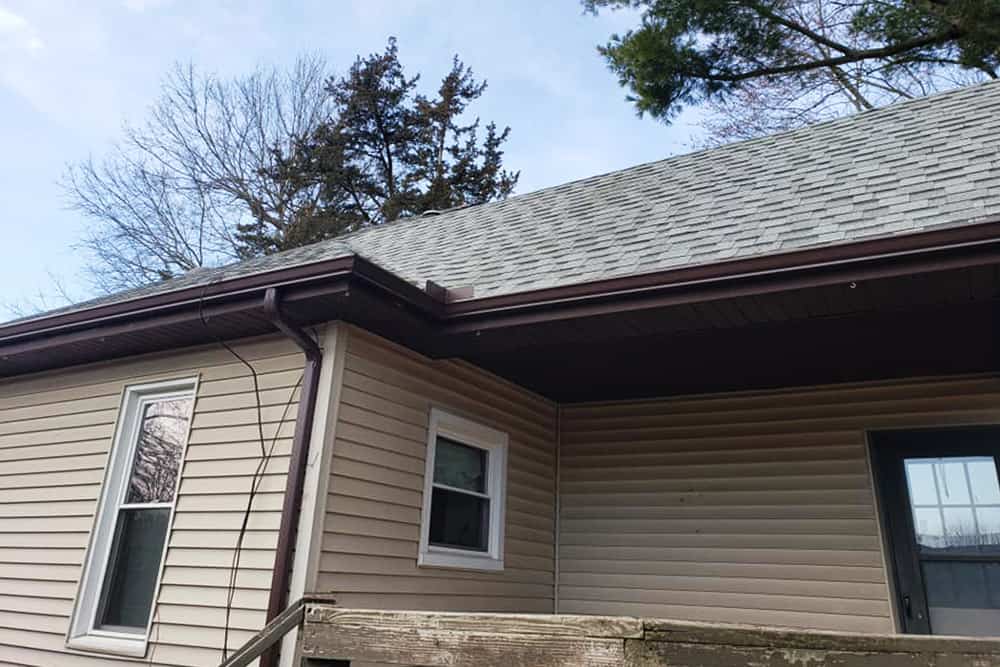A routine roof inspection is an essential homeowner maintenance box to check. A damaged or leaking roof can cause a lot of problems and lead to costly repairs. Use these tips to inspect your roof effectively and safely.
- Check for Algae, Moss, or Other Debris
If you have binoculars, you can begin your roof check from the ground. Walk around your house and check your roof for piles of debris or growth, all of which can cause damage to a roof by trapping moisture that can seep into the sheathing below your shingles. Moss is very dangerous because it soaks in rainwater like a sponge, causing the wooden structure under your roof to mold and decay and compromising the structural integrity of your roof. If you don’t have binoculars, a ladder will be necessary to get a closer look. Any debris or growth should be removed immediately.
- Look for Buckled, Curled, Missing, or Damaged Shingles
Many things can cause your shingles to warp, buckle, or curl including hot air in the attic, severe weather, age, and more. Misshapen shingles can compromise the integrity of your roof structure, allowing water in and causing bad ventilation, so they need to be replaced. If more than one-third of your shingles are found to be misshapen, it’s time to replace the entire roof.
If you have a metal roof, look for corrosion, rust, and general wear.
- Inspect Up Close
If you haven’t already, get up on a ladder to perform a closer inspection of the items listed above as well as check for any damage to the flashings around the chimney, dormers, and vents. Flashings are the metal pieces on your roof that are placed to redirect water. Damaged flashings can allow water into the interior structure of your roof and lead to rot in the roof or walls of your home. If you see damage, replace the flashings.
- Investigate Your Attic
If your home has an attic, it’s critical to get in there and look around for signs of water leaking through your roof, especially after rain. This also helps you spot damage that may not be visible from the ground or ladder. Inspect the rafters and the wooden interior of your roof for any moisture, mold, and rot. If you see any water damage, it needs fixing or replacing.
Remember, your roof is your home’s first line of defense against the outdoor elements. It’s best to have a professional inspect your home at least once a year. Additionally, regular DIY roof inspections will also help you get to know your roof well so you’ll be able to spot problems before they get too serious.
Has it been more than a year since your last roof inspection? Give Capital City a call! We’re the best roofers in Springfield IL, providing reliable and affordable work.
